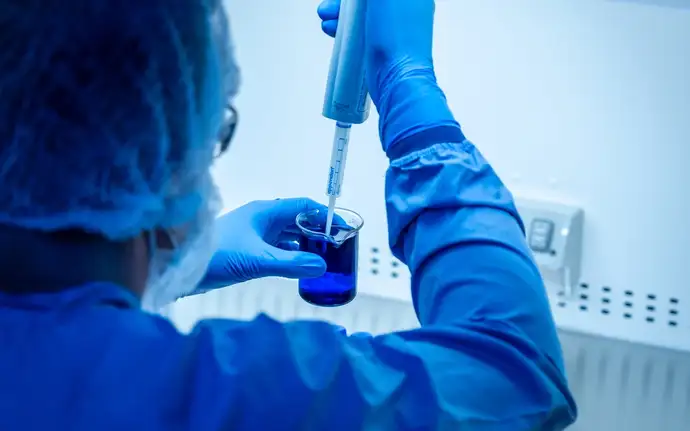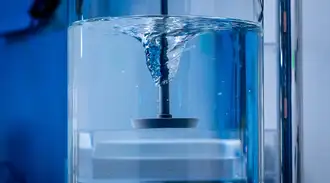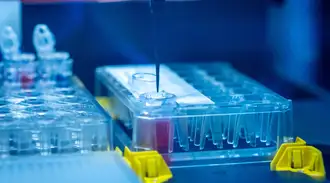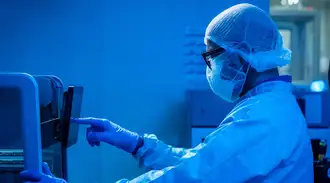
In-house bioscience expertise
Translate your vision into reality
Our bioscience team works hand in hand with engineers and manufacturing specialists to translate biological requirements into actionable product designs and robust manufacturing solutions. Whether it’s optimizing reagent preparation for printing, stabilizing reagents in blisters for long shelf life, or applying organic coatings to glass substrates, bioscience now underpins every stage of product development at SCHOTT MINIFAB.
By combining deep engineering expertise with bioscience insight, we give our customers a partner who not only understands their challenges but can transform them into successful, manufacturable outcomes.
Explore capabilities
The value of bioscience for your product development
The defining features of most diagnostic and life science products lie in their bioscience; the chemistry, biology, and molecular interactions that make them work. This is where product performance and differentiation are created.
At SCHOTT MINIFAB, our bioscience team bridges that critical link between biological understanding, product functionality, and manufacturable design.
- Understand your biology – By knowing the science at the heart of your product, what makes it unique and what it needs to perform, we design with the end in mind.
- Translate science into design – We connect biology and engineering, optimizing the design for functional performance and manufacturability.
- Anticipate challenges early – We identify risks in product and reagent stability, assay translation, and reagent supply before they impact performance or timelines.
- Deliver manufacturable performance – We turn complex science into stable, scalable products with reliable yield, shelf life, and reproducibility.
In general, we split bioscience into three key capabilities:
Assay translation
In general, our customers seek to adapt an assay they’ve developed and validated on standard laboratory equipment – the core of their technology and workflow, to a cartridge or microfluidic format. To achieve this, the bioscience team works with our customers to convert the assay to a microfluidic format that represents the benchtop workflow and performance in a functional product design. This process typically involves three stages:- Benchmarking – We transfer the customer’s benchtop assay into our lab and replicate it to confirm equivalent performance. This becomes our gold standard for measuring success throughout development.
- Translation – We adapt the assay to microfluidic format in proof-of-principle devices while using the benchmark workflow as a control. This hybrid approach isolates workflow steps, identifies sources of variation, and guides microfluidic design refinement.
- Optimization – We iterate in focused stages, verifying improvements against the benchmark to ensure consistent biological performance, reliable design and scaled manufacturability.
By benchmarking early and developing systematically, we avoid the “black box” problem of full-system failures. The result is a product that preserves your assay’s performance and is ready for scalable manufacturing.

Reagent integration
Our bioscience team begins by evaluating existing reagents – assessing formulation composition, material compatibility, reagent stability along with supply chain robustness, quality, and reliability. Where needed, we propose alternatives or adjustments to improve performance or long-term availability and can perform QC testing to confirm material consistency.
Next, we focus on how to integrate those reagents into the product. This may include:
- Assessing reagent performance and dispensing within microarray formats.
- Developing stabilization strategies with excipients for shelf-life targets.
- Incorporating bulk reagents into SCHOTT reagent blisters or dry-down formulations for long-term storage and controlled release.
- Consideration of in-process and end-point QC testing to maximize yield.
With formulation, integration, and testing all handled on-site, we can adapt quickly and deliver reagent integration solutions that are reliable, manufacturable, and ready to scale.
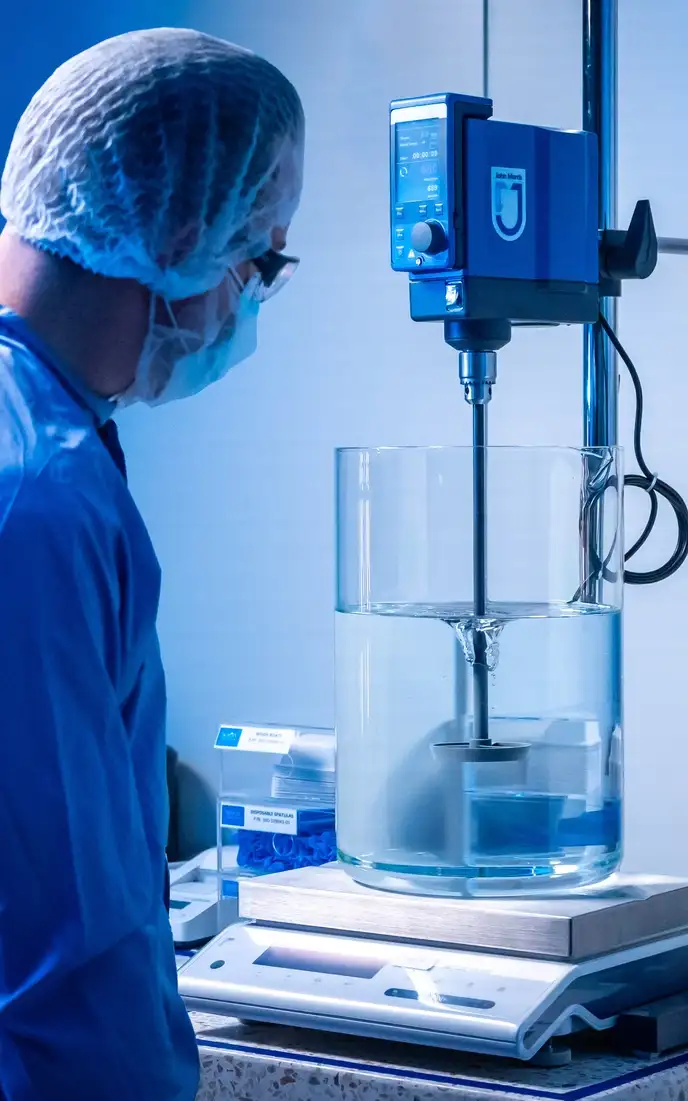
Microarrays
Developing a reliable microarray takes more than precision dispensing. True success comes from understanding how biomolecules behave and controlling all critical stages of production (how biomolecules are prepared, deposited and stabilized) to maintain performance and consistency.At SCHOTT MINIFAB, we bring together deep bioscience and engineering expertise to help customers design and manufacture high-performance microarray platforms for diagnostics and life sciences. Our team optimizes each stage of the process:
- Design and material selection – advising on biomolecule choice, surface chemistry, and attachment strategies to ensure robust binding and signal performance.
- Dispensing and patterning – developing tailored spotting methods, dispense parameters, and buffer formulations to achieve precision, repeatability, and throughput.
- Stabilization and packaging – implementing drying, sealing, and packaging processes that preserve probe integrity, extend shelf life, and maintain consistency across batches.
Our experience dates all the way back to the original Human Genome Project. Over the last 20 years, our team has advanced proprietary dispense and stabilization methods that set the standard for accuracy and flexibility.

Considerations for manufacturability
Our experienced and established in-house capability provides our customers with the reassurance that we understand the challenges with the transition from development to pilot line, and subsequent scaled manufacturing. Our team highlights key challenges early to de-risk these activities in the early phases of process development and reagent formulation and industrialization.






